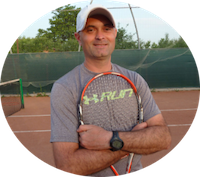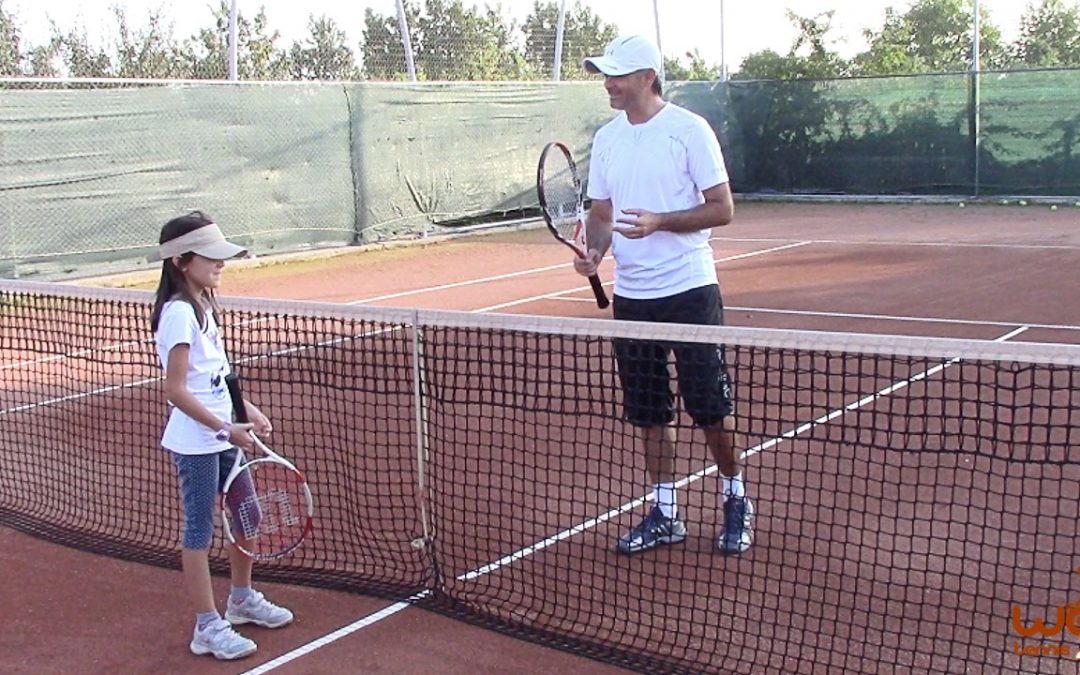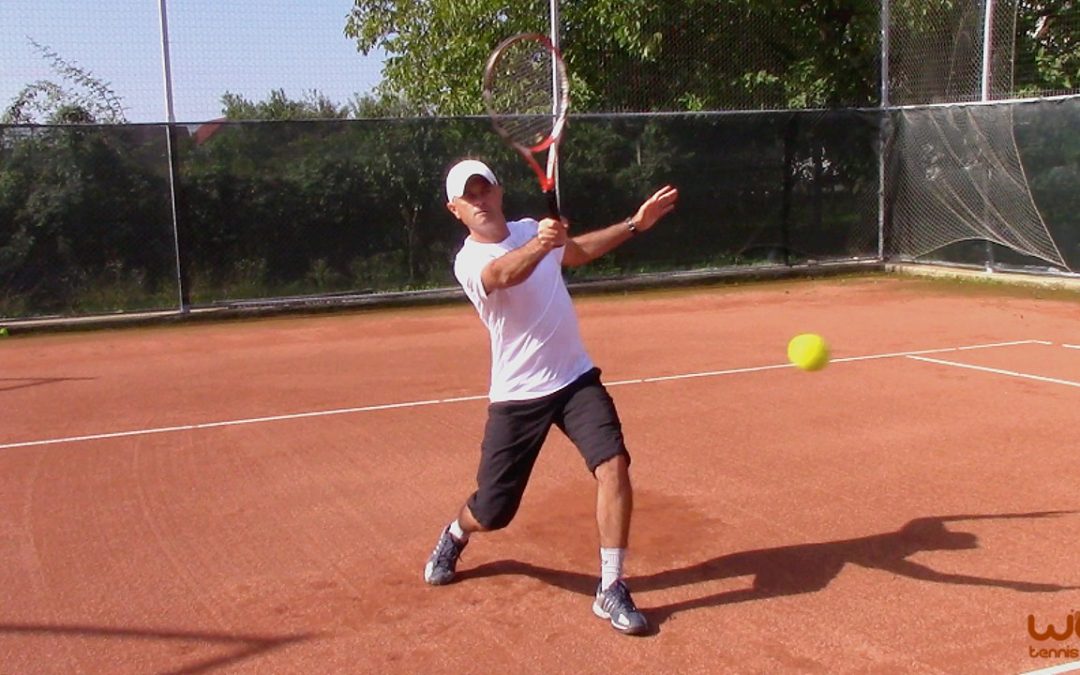
What It Takes to Win in Tennis
I just finished watching an excellent movie, “Ender’s Game”… It made me “jump” on my keyboard and write these thoughts:
Tennis is a sport that gives us pleasure in two ways: through competition, or… the feeling of working out/hitting the ball.
If you are in this sport to compete, then… you need to learn how to win!
Many tennis coaches and players spend hundreds of hours perfecting their stroke techniques. While that is very important, I do not think it should be over-emphasized.
For me, the priorities in tennis are:
1. technique
2. movement
3. tactics/strategies
In the movie I mentioned above, there is a character who is not the best fighter or the smartest among his peers – he is just the best at understanding how to defeat his enemies. He knows what it takes to win and he makes sure to get it done.
Tennis players often spend too much time perfecting their technique. It should be done according to the tactics that one has to apply against certain opponents.
That’s because, for example, the forehand is not always the same when hit from different parts of the court or in rally situations (stretched, close to the net, defending from behind the baseline, off-balance, etc.).
It is more important that you study the court geometry, and stroke options (placement and spin), AND begin to pay attention to your opponents’ weaknesses from the beginning of any match.
Those are the skills that will allow you to enjoy the sport even more and win more tennis matches.
I’ve spent a great deal of time providing you with my best knowledge in the area of winning in tennis so you too can understand and enjoy it at a higher level.
Whether you play singles or doubles, there is a wealth of information on how to beat the pushers, the serve-and-volley players, how to deal with the wind (in singles) or how to win using the one-up-one-back formation, how to position yourself on the court for the best results, how to use the I-formation (in doubles) and so much more.
Also, learn the court geometry (positioning so that you use less effort and get the best out of your shots) and stroke tactics (how, where, and why you should place your serve, ground strokes, volleys, etc.).

Cosmin Miholca
Certified Tennis Coach
Check out my work at WebTennis24 where I share with you my best video tennis lessons, drills and tips for players, coaches and tennis parents.






